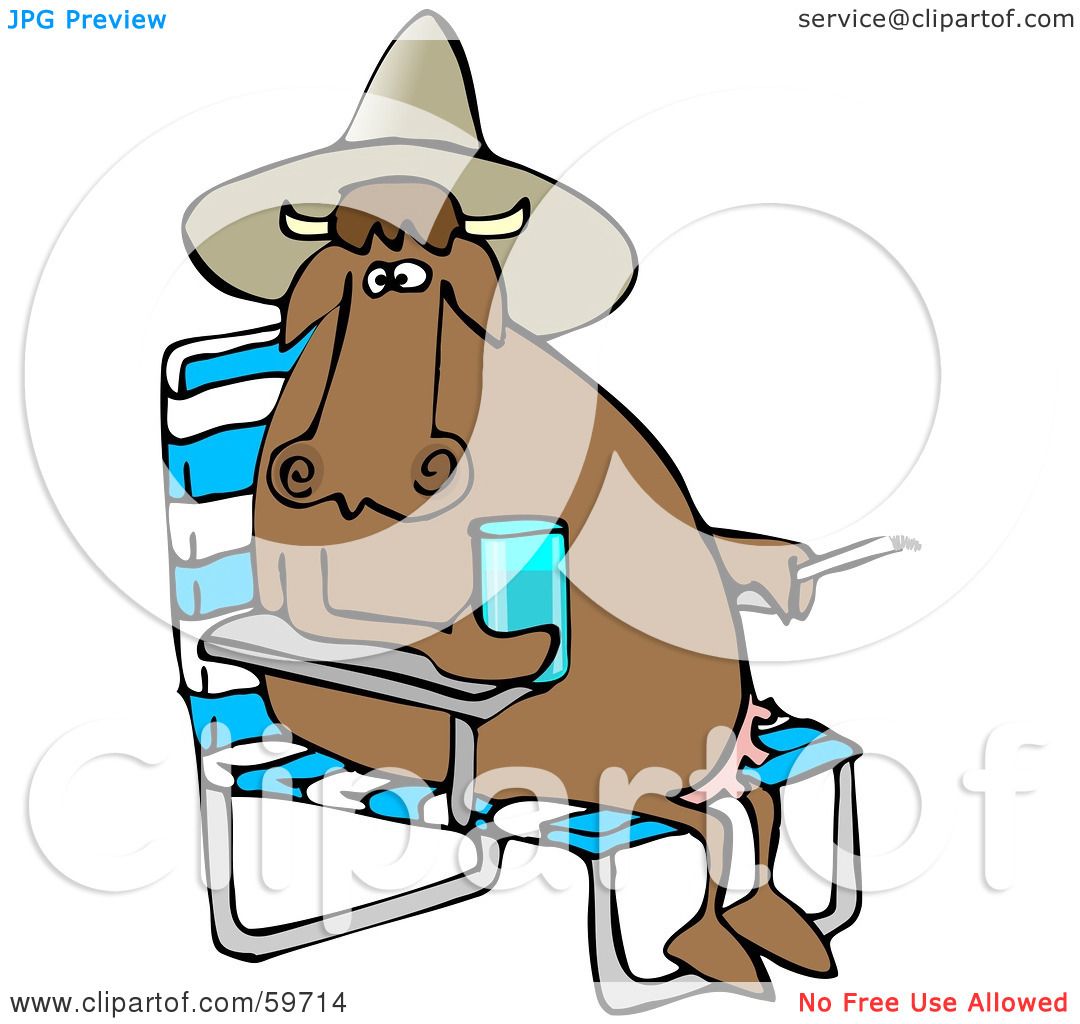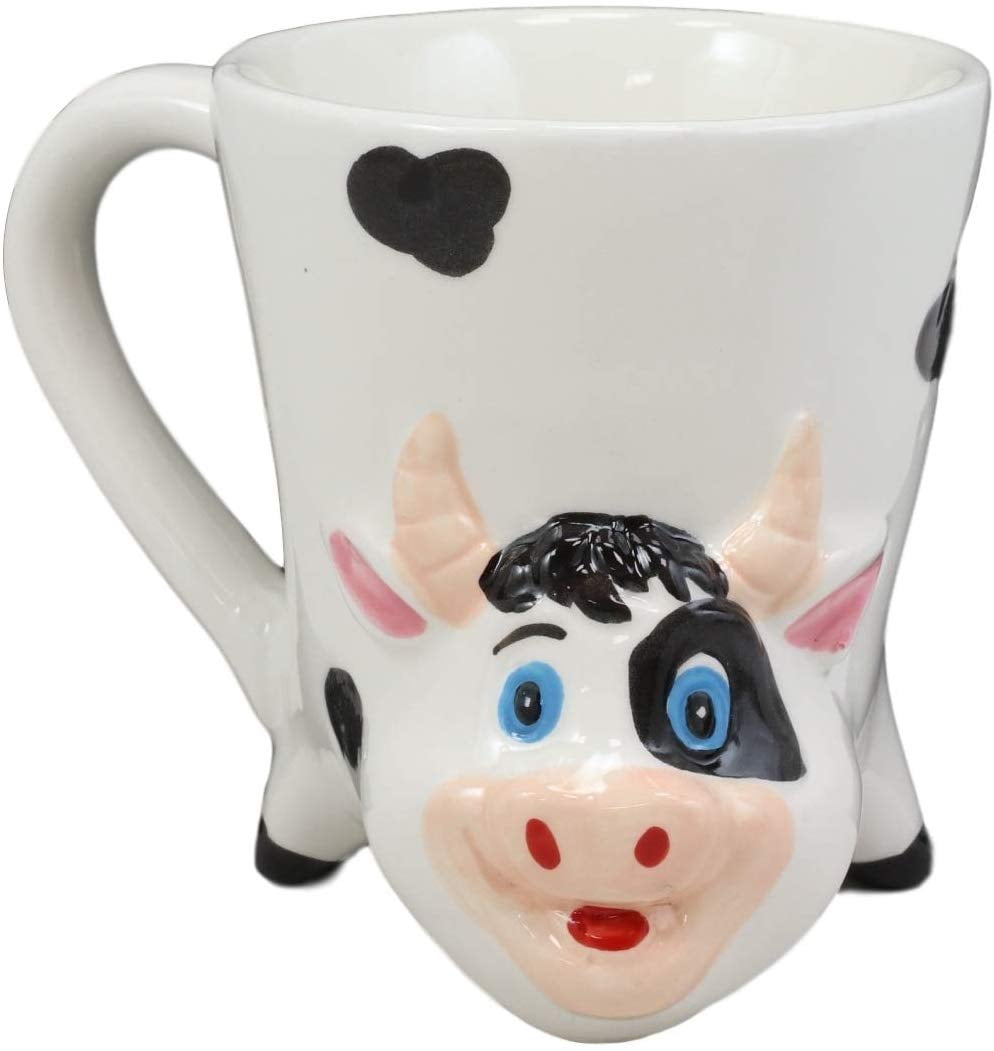


A well designed stock crate will have a large smooth contact surface without projections on which animals can bruise. The stock crate should be well designed so as to minimise bruising.The transport vehicle should be in good repair to ensure cattle arrive at their destination with no injuries and in the shortest possible time.The size and design of the transport vehicle should be compatible with the number of cattle being transported.The Australian Animal Welfare Standards and Guidelines- Land Transport of Livestock.
#Drink cart cow code#
The Code of Accepted Farming Practice for the Welfare of Cattle (Victoria).The Prevention of Cruelty to Animals Act 1986.The following documents should be referred to for further advice regarding your legal responsibilities for the welfare of cattle under your care and supervision: It is important that you can care for the cattle and provide a healthy environment for them to graze.Īs an owner or person in charge of cattle, it is important for you to remember that you have an overall responsibility for the care and management of the animals in your care. If a lactose-intolerant cat drinks cow milk, she might get ill, diarrhea or vomiting is to be expected in some cases.Before purchasing cattle you need to ensure that you are prepared for their ongoing care and husbandry. Animal-based milkĬow milk can make cats really sick as they contain high levels of fats and lactose, other than that they do contain high levels of natural sugar which will be bad for cats. There are 2 different categories of milk, Animal-based and Plant-based. There are various kinds of milk in the market today, Sometimes when we have lots of options in our hands, we get confused about what kind of milk would be healthy for our cats…? I went through a similar situation some time ago and here is what I found: Health Effects on Different Types of Milk These gases in turn can cause irritation in the stomach, and stomach cramps & diarrhea can be expected.Ĭats who are lactose tolerant would not have any kind of problems drinking milk. When a lactose-intolerant cat would drink milk, due to the absence of enzymes, the lactose will not be digested and the bacteria in the intestine would try to break the lactose which will release gases. However, some cats continue to product lactase even after they grow up. This is the reason cats become lactose intolerant. Her body stops secreting the lactase as she gets older. When a cat is younger and not more than 8 weeks, her stomach produces the enzyme to digest the millk. It is also recommended that it should contain low fats and a high amount of Taurine. Although adult cats can drink lactose-free milk. Therefore, if a cat drinks any kind of milk after she has grown about 8 or 10 weeks old, she may get an upset stomach. The only difference is that humans keep producing this enzyme even after they are weaned, while cats stop producing this enzyme. Let us try to shed some light on it… Can Cats Drink Milk?Ī short answer would be yes, kittens have enzyme lactase in their stomach that digests the lactose from milk, it is similar to what humans have. You must have heard about a myth that says “ Milk is good for cats…” Milk is an excellent source of nutrients like Calcium, Vitamin-D, Proteins, Vitamin B2, Vitamin B12, and Vitamin A, which are all essential nutrients that will keep a cat healthy.


 0 kommentar(er)
0 kommentar(er)
